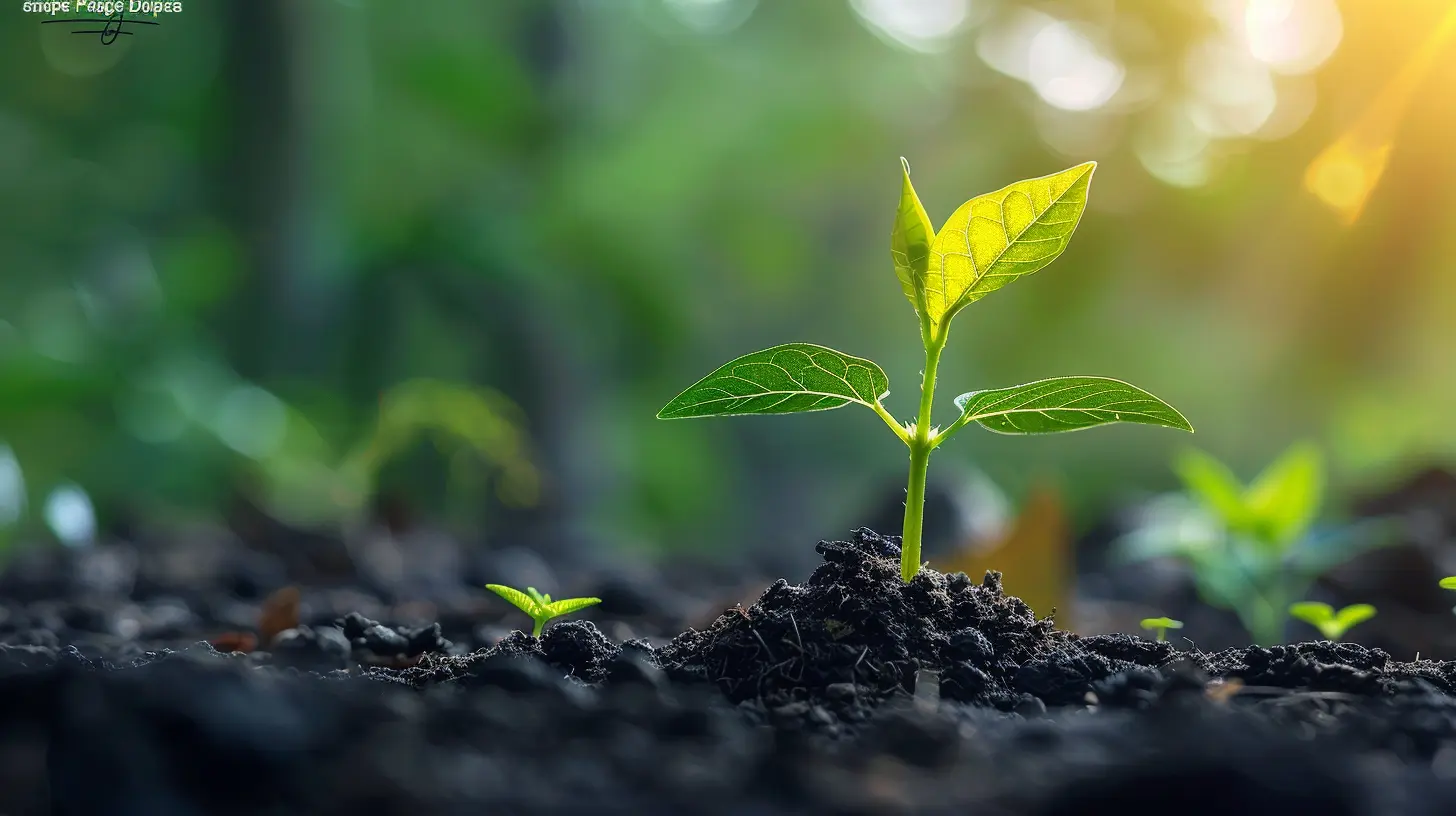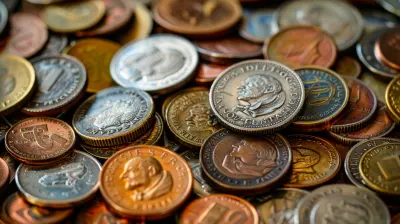How to Set Up and Grow an Emergency Fund for Financial Peace
19 May 2025
Let’s be real—life has a way of throwing unexpected expenses at us when we least expect them. A sudden medical bill, a car breakdown, or even losing a job can send your finances spiraling if you’re not prepared. That’s where an emergency fund comes in.
Think of your emergency fund as a financial safety net—it’s there to catch you when life decides to throw a wrench in your plans. But how do you set one up and, more importantly, grow it into something that truly gives you peace of mind? That’s exactly what we’re diving into today.

Why an Emergency Fund is a Financial Game-Changer
Before we talk about how to build one, let’s get clear on why having an emergency fund is non-negotiable.1. Protects You from Debt
Without an emergency fund, guess what happens when an unexpected expense comes knocking? You swipe your credit card or take out a loan, sinking deeper into debt. And let’s face it—debt is like quicksand; the more you rely on it, the harder it is to get out.2. Reduces Financial Stress
Ever had that sinking feeling when an unexpected bill pops up? It’s stressful, right? Having money set aside means you can handle surprises without losing sleep.3. Gives You More Control Over Life
Ever wanted to quit a toxic job but couldn’t afford to? When you have savings, you have options. An emergency fund gives you the freedom to make better life choices without feeling stuck.
How Much Should You Save?
There’s no one-size-fits-all answer, but a good rule of thumb is to aim for three to six months’ worth of living expenses. However, don’t let that number overwhelm you. If you’re starting from scratch, even saving $500 to $1,000 can be a lifesaver.Factors to Consider
Your ideal emergency fund size depends on a few things:- Job stability – If you have an unpredictable income, aim for a larger fund.
- Family size – More dependents? More savings needed.
- Insurance coverage – If your insurance covers major expenses, you may need less in cash reserves.
The key is to start where you are and build from there. 
Step-by-Step Guide to Setting Up Your Emergency Fund
1. Open a Dedicated Savings Account
Keep your emergency fund in a separate, easily accessible savings account (preferably a high-yield one). Why? Because if the money sits in your checking account, you’ll be tempted to spend it.2. Start Small and Stay Consistent
If saving a big chunk sounds impossible, don’t worry. Start with what you can afford—even if it’s just $10 or $20 per week. The key is consistency. Over time, small efforts add up to big results.3. Automate Your Savings
Set up an automatic transfer from your checking to your emergency fund. Even a $50 monthly transfer can grow into a solid safety net without you even thinking about it.4. Cut Unnecessary Expenses
Take a hard look at your spending. Cancel unused subscriptions, cook at home more often, and redirect that money to your emergency fund.5. Use Windfalls Wisely
Got a tax refund? A bonus at work? Resist the temptation to splurge and put at least 50% of it into your emergency fund instead.6. Find a Side Hustle
If your budget is tight, consider picking up a small side gig to boost your savings. Even making an extra $100 a month can speed up your progress.
Growing Your Emergency Fund Faster
Once you have a basic cushion, it’s time to kick things into high gear.1. Increase Your Contributions Gradually
Each time you get a raise or reduce an expense, up your savings game. If you were saving $50 a month, bump it up to $75 or $100 once you can afford it.2. Stash "Found" Money
Did you get cashback, rewards, or a rebate? Instead of spending it, funnel it into your emergency fund.3. Use the 24-Hour Rule for Spending
Before making an impulse purchase, wait 24 hours. More often than not, you’ll realize you don’t actually need it, and that money can go toward your safety net instead.When (and When NOT) to Use Your Emergency Fund
Good Reasons to Use It
- Medical emergencies – Unexpected hospital visits, surgeries, or urgent dental work.- Car repairs – If your car breaks down and you need it for work, it’s a valid expense.
- Job loss – Cover essential bills while you find new employment.
- Home repairs – Broken water heater or leaky roof? Your emergency fund has your back.
What NOT to Use It For
- Vacations – No, a last-minute getaway doesn’t count as an emergency.- Shopping sprees – That designer handbag or new iPhone can wait.
- Non-essential subscriptions – If you’re struggling financially, streaming services and memberships should be trimmed before touching your emergency fund.
Remember, the goal is to preserve your fund for true emergencies—not convenience.
Final Thoughts
Building an emergency fund isn’t about if you’ll need it—it’s about when. Life’s unpredictability is certain, but financial stress doesn’t have to be. Even if you start small, what matters most is getting started.With patience, consistency, and a few smart money moves, you’ll create a cushion that brings true financial peace. And believe me, there’s nothing more empowering than knowing you’re prepared for whatever life throws your way.
So, are you ready to take that first step toward financial security? Your future self will thank you for it!
all images in this post were generated using AI tools
Category:
Financial SecurityAuthor:

Eric McGuffey
Discussion
rate this article
3 comments
Damian Gilbert
Emergency fund: because Netflix doesn’t cover crises!
May 28, 2025 at 10:24 AM

Eric McGuffey
Absolutely! An emergency fund is essential for handling unexpected expenses, ensuring that you don’t have to rely on credit or disrupt your budget—no streaming service can provide that safety net!
Brianna Baker
Building an emergency fund is essential for financial stability and peace of mind. Start today.
May 26, 2025 at 12:18 PM

Eric McGuffey
Absolutely! An emergency fund is a crucial step toward achieving financial security. Starting today can make a significant difference in your financial well-being.
Sylph Luna
An emergency fund: your financial safety net. Start small, grow consistently, and sleep soundly!
May 20, 2025 at 3:16 PM

Eric McGuffey
Thank you! Building an emergency fund is indeed crucial for financial security and peace of mind. Starting small is key to consistency and growth!



